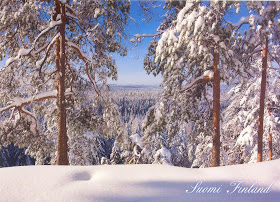Klaipėda is a city in Lithuania situated at the mouth of the Danė River where it flows into the Baltic Sea. It is the third largest city in Lithuania and the capital of Klaipėda County. This nice card of the city wassent to me by Rasa who now lives in England.
The city has a complex recorded history, partially due to the combined regional importance of the Port of Klaipėda, a usually ice-free port on the Baltic Sea, and the Akmena – Danė River. It has been controlled by the Teutonic Knights, the Duchy of Prussia, the Kingdom of Prussia, the German Empire, the Entente States immediately after World War I, Lithuania as a result of the 1923 Klaipėda Revolt, and the Third Reich following the 1939 German ultimatum to Lithuania. The city was incorporated into Lithuania during its tenure as a Soviet Socialist Republic and has remained within Lithuania following its re-establishment as an independent state.
The population shrank from 207,100 in 1992 to 177,823 in 2011, mostly due to the moving to the suburbs of the city. Popular seaside resorts found close to Klaipėda are Nida to the south on the Curonian Spit, and Palanga to the north.




















